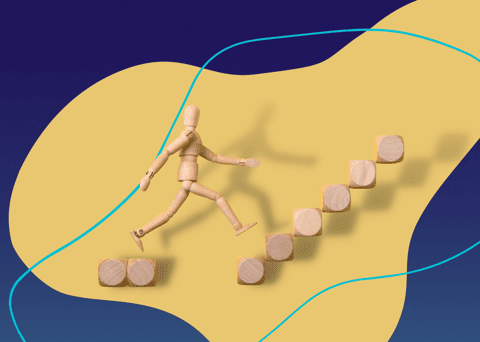In today’s fast-paced digital world, the internet is now an essential utility. Approximately 92% of Americans accessed the internet in 2023, representing 299 million users. With several types of internet connections available, it’s vital to understand their differences to choose the right service for your needs.
But how can business owners know which type of connection is the best for their location and application? Should you merely settle for the most affordable option? And how do you tell which type offers the best total value?
MHO briefly compares the nuances of high-speed internet, from digital subscriber lines (DSL) to the emerging 5G home internet, including satellite, cable, fiber, and fixed wireless internet options.
What Are the Differences Between Types of Internet Connections?
DSL, 5G, fiber, LTE — business owners can easily become confused with all the industry jargon. Let’s break down each internet connection type, its most notable benefits, and significant factors to consider.
DSL Internet
DSL internet leverages the existing telephone line infrastructure, offering speeds up to 140 Mbps. It’s widely available, reaching 82% of the U.S. population, and provides a reliable connection that’s often more affordable than other types. However, DSL speed can be significantly slower than fiber or cable, especially if you’re far from the provider’s main network. Businesses demanding high speed and huge data throughput loads will find DSL internet far too restrictive.
Cable Internet
Cable internet is prevalent, with coverage for about 89% of the U.S. population, and can deliver speeds up to 1,200 Mbps. It uses the coaxial cables originally laid for cable television, which means homeowners can often bundle internet and TV services. However, this is typically not an option for businesses. In fact, local cable internet providers may even charge premium rates for companies needing large amounts of bandwidth. While cable internet is fast, it can experience slowdowns during peak usage times because even businesses share bandwidth with their neighbors.
Fiber Internet
Fiber-optic internet is the fastest type available, with potential speeds up to 100 Gbps. It’s currently available to 55.6% of the U.S. population. Unlike DSL and cable, fiber uses light signals through fiber-optic cables, allowing for symmetrical upload and download speeds. This makes it ideal for data-heavy business tasks like video conferencing and large file uploads. Despite its superior performance, fiber’s availability is limited compared to DSL and cable. Numerous factors also routinely delay fiber buildouts and installations.
Fixed Wireless Internet
Fixed Wireless internet delivers service via radio signals to an antenna installed at your home, covering around 46% of the U.S. population. While not as common as other types, it’s a suitable alternative in areas with poor DSL or cable coverage, offering speeds up to 100 Mbps. Fixed wireless internet is unaffected by weather and atmospheric conditions, and MHO can install it as quickly as within 10 business days of receiving roof permissions.
5G Internet
5G is the next generation of cellular network technology, promising speeds exceeding 30 Mbps. Although 5G home internet is still in its infancy and not widely available, it’s poised to become a significant player in the internet market, especially in densely populated areas. Its high-speed and low-latency characteristics are attractive for modern streaming and gaming needs.
4G LTE Internet
4G LTE offers wireless internet over cellular networks and is an excellent option for home internet in areas where other types aren’t available, providing speeds between 9 and 50 Mbps. With the expansion of 4G LTE services by cellular carriers, it’s becoming a more viable option for home internet across the country, particularly in remote locations.
Satellite Internet
Satellite internet is available to virtually the entire U.S. population since it requires no ground infrastructure other than a satellite dish at the user’s location. However, only around 2.5 million subscribers use it. Speeds can reach up to 100 Mbps, but the technology generally suffers from higher latency due to the long distances signals must travel. It’s a go-to option for those in rural areas where other forms of internet are not feasible.
Each type of connection has its place. For those in urban areas, fiber or cable internet might be the preferred choice for high-speed needs. In contrast, satellite and DSL are often the only choices in rural areas. Fixed wireless is gaining traction as a viable solution for those who need a balance between speed and accessibility.
The Best Internet Connection Type Without Traditional Wired Solutions
Fixed wireless may not yet have the widespread recognition of DSL or cable, but it offers a compelling network solution for those searching for reliability without the need for traditional wired connections. It’s particularly advantageous for businesses and individuals in areas that lack other high-speed options.
Contact MHO today to learn more about fixed wireless and how it might be the network solution you’ve been searching for.
{{cta(‘1b7ff105-cbb6-486e-888d-bb72f7746c39’)}}




![[Infographic] Fixed Wireless: What You Need To Know](https://blog.mho.com/wp-content/uploads/2017/06/Screenshot-2025-06-24-141710.png)

